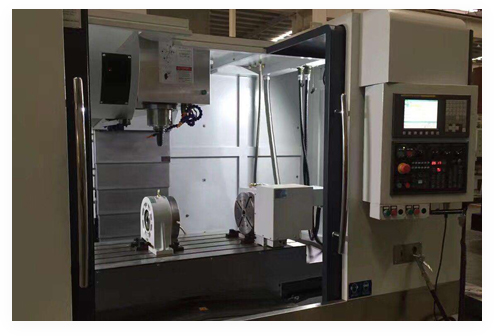"Fits" in engineering and manufacturing refer to the degree of tightness or looseness between two mating parts. It is essential to ensure proper functioning and assembly of mechanical components. To make better use of fits, you need to know more about them and the following is information on different types of fits. Let’s have a deeper look at them.
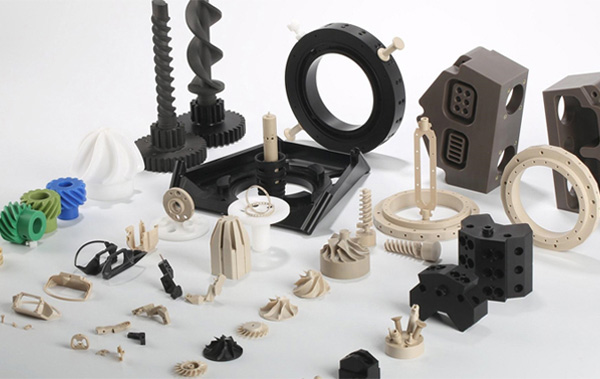
Engineered products often consist of components that need to slide or exert pressure against each other to fulfill their functions. Thus, a fit is employed to characterize these dimensional connections between the components. It is used to determine whether the components are tight or loose, thereby influencing their sliding or pressing properties. Understanding what a fit is comes with understanding certain terms, which are explained below.
What is fits? Fits can be categorized as either shaft-based or hole-based. A hole refers to the internal feature of a component, whether cylindrical or not, while a shaft denotes the external feature of a component, regardless of its cylindrical shape. In a hole-basis system, the size of the hole remains constant, and the shaft is modified to achieve the desired fit. Conversely, in a shaft-basis system, the shaft size remains constant, and adjustments are made to the hole size to determine the fit. It's worth noting that CNC turning services, a precision machining method, can produce shafts with precise measurements, thereby facilitating the achievement of desired fits.
Fits and tolerances are pivotal concepts in engineering, governing the dimensional relationships and allowable variations between mating parts. Fits define the degree of tightness or looseness between components, while tolerances specify acceptable dimensional variations. Their precise management is essential for ensuring reliable assembly and optimal functionality in mechanical systems.
Here are some main types of fits and these fits are established based on standard tolerance classes, which can be specified using international standards like ISO (International Organization for Standardization) or ANSI (American National Standards Institute).
1. Clearance Fit:
An interference fit, also known as a press fit or friction fit, is a method of fastening two components by pushing them together. This fastening process relies on various mechanisms that involve applying a significant amount of force to join and separate the components. The specific mechanism employed also dictates the different categories of interference fits that can be utilized.
Free Running Fit (FN): This fit allows for the maximum clearance. The smallest shaft is always smaller than the largest hole, providing a clearance for easy assembly.
Loose Running Fit (LN): It provides some clearance but less than the free running fit. It's used when a small amount of play is acceptable for ease of assembly.
Close Running Fit: It describes a situation where two mating parts have very small clearances between them. This type of fit is designed to minimize play or movement between the parts, ensuring a close alignment and precise operation.
Sliding Fit: These fits are characterized by high accuracy, and are employed in situations demanding tight tolerances and minimal clearances, allowing the associated components to rotate and slide freely within the assembly.
Locational Clearance Fit: Locational clearance fits exhibit a high degree of precision, albeit offering only a minimal amount of clearance between mating parts.
2. Interference Fit:
As implied by its name, a clearance fit is employed in scenarios requiring loose mating and unrestricted movement of components, making it an ideal choice for products where easy sliding and movement of components are essential.
Press Fit: In a press fit, the assembly involves cold pressing, resulting in minimal interference between the mating parts.
Driving Fit: Driving fits, in comparison to press fits, feature a more substantial interference, requiring a higher assembly force during the cold pressing process.
Forced Fit: In a forced fit, the assembly involves heating the parts with a hole while freezing the shaft, making disassembly challenging and potentially resulting in broken components.
3. Transition Fit:
Transition fits, positioned between clearance and interference fits, are well-suited for scenarios emphasizing high precision. They find application in situations where extreme alignment accuracy is crucial, ensuring precise joining of mating components.
Similar Fits: They involve either a small clearance or a slight interference, and assembly can be achieved using a rubber mallet.
Fixed Fits: They involve a small clearance or a minor interference, allowing for assembly with minimal force.
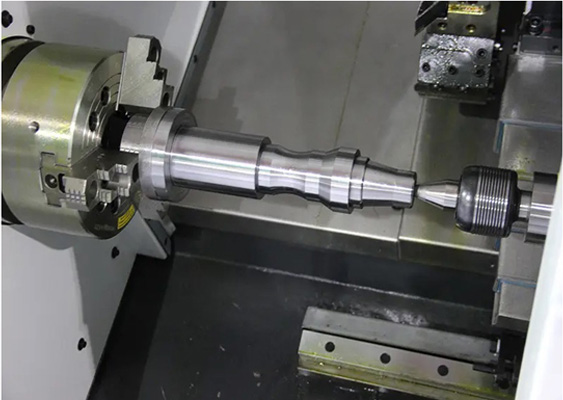
There are several factors that you should consider when choosing fits for your projects. Below are the important factors that you should watch out for:
Understand the Application Requirements
Start by thoroughly understanding the application in which the fits will be used. Consider factors such as load-bearing capacity, desired clearances, environmental conditions, and expected operational stresses. This understanding will help you choose fits that are best suited for the intended purpose.
Assess Budget Constraints
Evaluate the budget available for the project. Different fits may vary in cost, and it's important to strike the right balance between performance and budget. Sometimes, investing in higher precision fits can lead to long-term cost savings through improved efficiency and reduced maintenance.
Consider Tolerance Levels
Take into account the tolerance levels that your project demands. Assess the degree of precision required and the permissible variations in dimensions. This will influence the types of fits that are suitable for achieving the desired functionality and performance.
Consult with Engineering Experts
If you're uncertain about the best fit for your project, consider seeking advice from engineering experts or specialists in the field of mechanical design. Their insights and expertise can provide valuable guidance in selecting the most appropriate fit for your specific application.
By carefully considering these tips and aligning the chosen fits with your project's unique requirements, you can ensure optimal performance, cost-effectiveness, and longevity in your engineering endeavors.
In conclusion, the choice of fit is a crucial design consideration. If you want to find a reliable and capable partner specializing in this area, Richconn must be your best choice. It has remarkable expertise in delivering high-quality fits. It strives to meet the customers’ needs and offers a wide range of fits that fit your desires.
What are fits?
"Fits" in engineering and manufacturing refer to the degree of tightness or looseness between two mating parts. It is essential to ensure proper functioning and assembly of mechanical components.
What are the different types of fits?
There are several different types of fits used in engineering and manufacturing, each serving specific purposes based on the required clearances and the relationship between mating parts. According to ISO, the major different types of fits in manufacturing products include Clearance fit, Transition fit, and Interference fit.
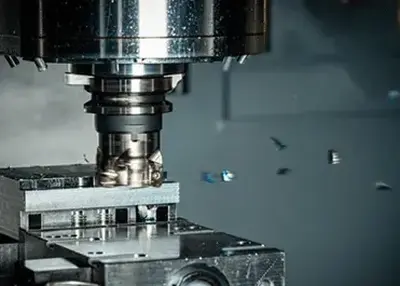 What is face milling?November 22, 2023Face milling is a metalworking process that is widely used in manufacturing and machining. It is a process in which the surface of a workpiece is cut by a milling cutter on a milling machine to obtain the desired shape, size and surface quality. Face milling can be used to process a variety of metallic and non-metallic materials, including steel, aluminum, copper, plastics and so on.view
What is face milling?November 22, 2023Face milling is a metalworking process that is widely used in manufacturing and machining. It is a process in which the surface of a workpiece is cut by a milling cutter on a milling machine to obtain the desired shape, size and surface quality. Face milling can be used to process a variety of metallic and non-metallic materials, including steel, aluminum, copper, plastics and so on.view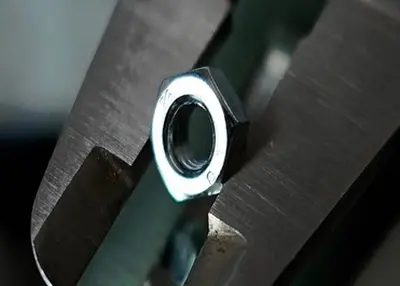 Precautions for Stamping Dies 1July 11, 2023Spring compression and calculationIn a set of stamping dies, more elastic materials need to be used, including springs of different specifications, urethane, nitrogen springs, etc., and different elas...view
Precautions for Stamping Dies 1July 11, 2023Spring compression and calculationIn a set of stamping dies, more elastic materials need to be used, including springs of different specifications, urethane, nitrogen springs, etc., and different elas...view CNC Powder Coating in Healthcare Equipment ApplicationsFebruary 29, 2024In the world of healthcare equipment, precision and durability are of the utmost importance. From monitoring devices to surgical tools, every piece of equipment must be able to withstand the demanding...view
CNC Powder Coating in Healthcare Equipment ApplicationsFebruary 29, 2024In the world of healthcare equipment, precision and durability are of the utmost importance. From monitoring devices to surgical tools, every piece of equipment must be able to withstand the demanding...view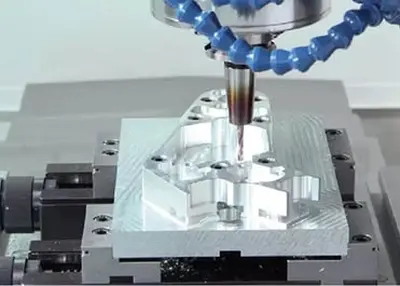 7 Types of CNC MachinesSeptember 13, 2023Here are the types of CNC machine. Read on to learn all you should know about this topic to help you select the best CNC machine type.view
7 Types of CNC MachinesSeptember 13, 2023Here are the types of CNC machine. Read on to learn all you should know about this topic to help you select the best CNC machine type.view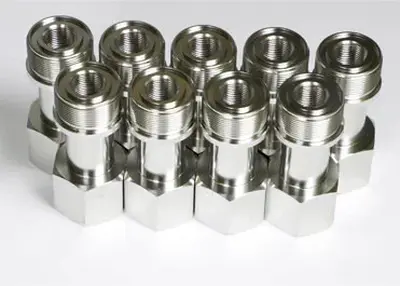 Ten Questions and Answers About Stainless Steel Valves: Unlocking the Secrets of Check ValvesAugust 11, 2023IntroductionIn this comprehensive article, we will delve deep into the mysteries of stainless steel valves, with a particular focus on the working principles and applications of check valves across di...view
Ten Questions and Answers About Stainless Steel Valves: Unlocking the Secrets of Check ValvesAugust 11, 2023IntroductionIn this comprehensive article, we will delve deep into the mysteries of stainless steel valves, with a particular focus on the working principles and applications of check valves across di...view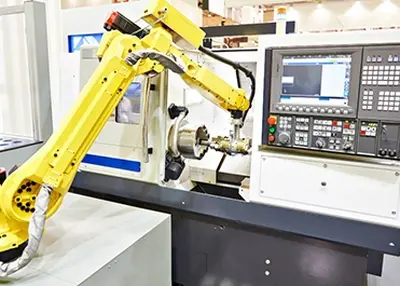 CNC Control Systems: Unraveling the Core of Computer Numerical ControlNovember 3, 2023Are you ready to delve into the heart of modern manufacturing technology? Welcome to the world of CNC Control Systems, where precision and automation meet to revolutionize industries.view
CNC Control Systems: Unraveling the Core of Computer Numerical ControlNovember 3, 2023Are you ready to delve into the heart of modern manufacturing technology? Welcome to the world of CNC Control Systems, where precision and automation meet to revolutionize industries.view
 EN
EN
 ru
ru 

